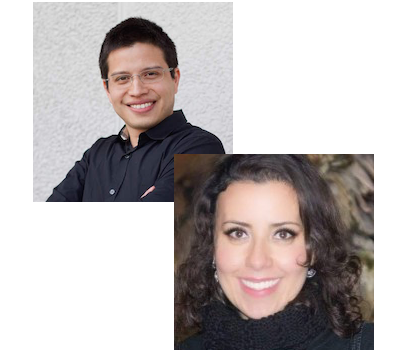
This CITI tutorial will take place on 17th June from 3 to 5 pm in Amphi Chappe.
The talk entitled “Simultaneous Energy and Information Transmission” will be presented by Selma Belhadj Amor, postdoctoral researcher at Inria, and Samir Perlaza, researcher at Inria.
Selma and Samir have already presented this tutorial in ICT 2016 (Thessaloniki, Greece), European Wireless 2016 (Oulu, Finland), and CROWNCOM 2016 (Grenoble, France).
Abstract
This tutorial aims to familiarize the attendees with the new communication paradigm of simultaneous energy and information transmission (SEIT) in wireless networks. It is divided into four parts:
In the first part, the relevance of SEIT is highlighted as a powerful technique to ensure a more efficient energy utilization in future “green” communication systems, e.g, 5G networks, small cells, Wi-Fi networks, sensor networks and ad hoc networks.
In the second part, particular attention is paid to existing techniques for implementing SEIT in point-to-point wireless communications. In particular, power allocation and beamforming techniques are reviewed. At the same time, strong emphasis is put on the fundamental limits of this technology using basic notions from information theory.
In the third part, multi-user scenarios are studied and the key aspects of the energy-information trade-off are studied in both centralized networks, e.g, cellular networks and decentralized networks, e.g., sensor networks and ad hoc networks. In the latter, basic notions of game theory are studied to model the stable operating points of these networks.
In the final part, practical aspects are tackled putting an emphasis on the main future challenges of SEIT in the context of 5G. For instance, front-end architectures allowing both energy-harvesting and information decoding are studied. At the same time, aspects regarding in-band and out-band energy transmission as well as co-located and non-cololated receivers and energy harvesters are discussed.
